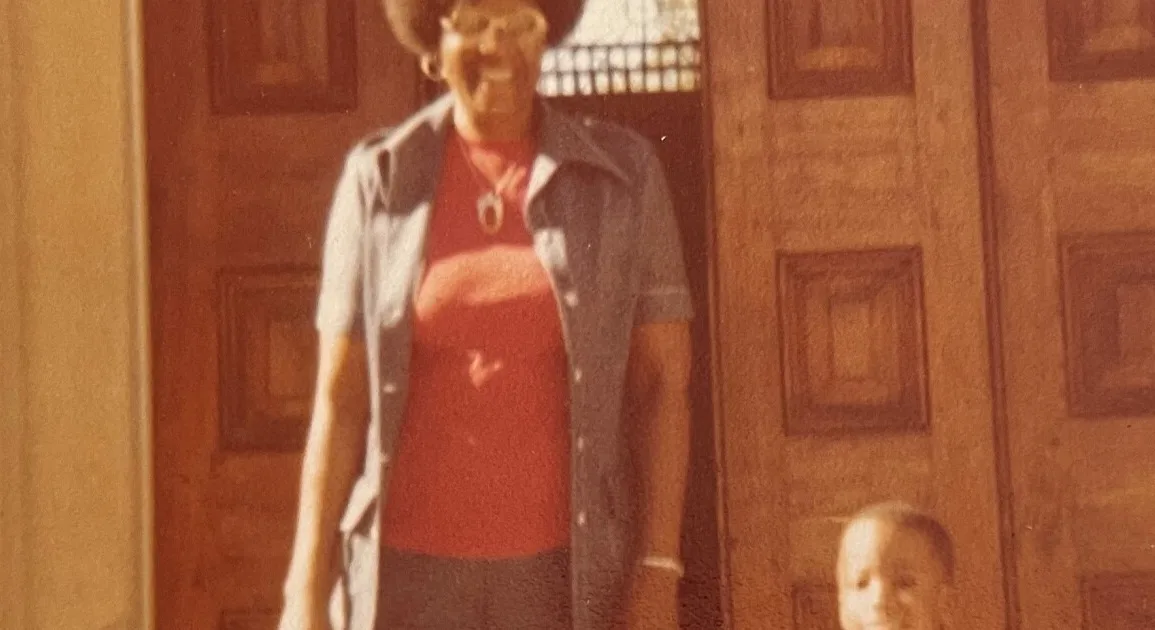In my life, I have found myself as a colored, a negro, a Black, an African American, and a person of color. This is my reflection as a colored girl.
1966 proved to be monumental in my racial definition. It was the year I became “Black.”
Only months after I received my undergraduate degree from Western Michigan University, political activist Stokely Carmichael shouted “Black Power” and instantly changed my racial identity.
The Black Power Movement refuted the ideology of white superiority and Black inferiority; it made “Blackness” a consciousness of power rather than a label of victimhood. Those “Black” in consciousness did not have to assimilate, acculturate, or be accepted by white society. Black Power taught us that Blackness is its own beauty, agency, and power.
The conscious of “Black Power” was not new. What Stokely proclaimed had been present, though not so named, and was alive and well in vibrant, self-sufficient and prosperous Black communities during the Jim Crow era.
Stokely’s call brought us out of our state of forgetfulness. We as a people became proud again of who we were, what our culture meant to us and the power that we held.
Black Power emphasized racial pride and self-reliance rather than integration. Black Power focused on building power in our own as a people rather than seeking accommodation from white power structures. It promoted solidarity and using our collective power to determine our future in this society.
The Black Power Movement promoted racial pride, self-respect and the acknowledgement of the beauty and dynamism of our culture. The Movement promoted the creation of Black political and cultural institutes, the demand for Black history courses, Black bookstores.
We became self-focused as a race in all respects — our art, literary pursuits, and music as much as our financial and political growth. James Brown sang, “I’m Black and I’m Proud.”
Most pronounced to me, as a former colored girl, was our definition of beauty: “Black is beautiful.” Our afros were the rage.
Most critically to me, the revolutionary call for Black Power reverberated in my consciousness, renewed my sense of self as I crystalized the lessons of self-identity, self-worth and self-determination learned from family and community.
“In my life, I have found myself as a colored, a negro, a Black, an African American, and a person of color. This is my reflection as a colored girl.” This phrase opens each essay in the series “Reflections of a Colored Girl” from Martha R. Bireda, Ph.D. being aired on WGCU FM. Dr. Bireda is a writer, lecturer, and living history performer with over 30 years’ experience as a lecturer, consultant and trainer for issues related to race, class, and gender, working with educators, law enforcement, and business, and civic leaders. She also is director of the Blanchard House Museum of African American History and Culture of Charlotte County, in Punta Gorda, Florida. Bireda was born in Southwest Florida in 1945 but spent the first 10 years of her life in a small town in Western Virginia. Her family then moved back to Punta Gorda, where they have deep roots. This is one essay in her series. Read more essays here.


